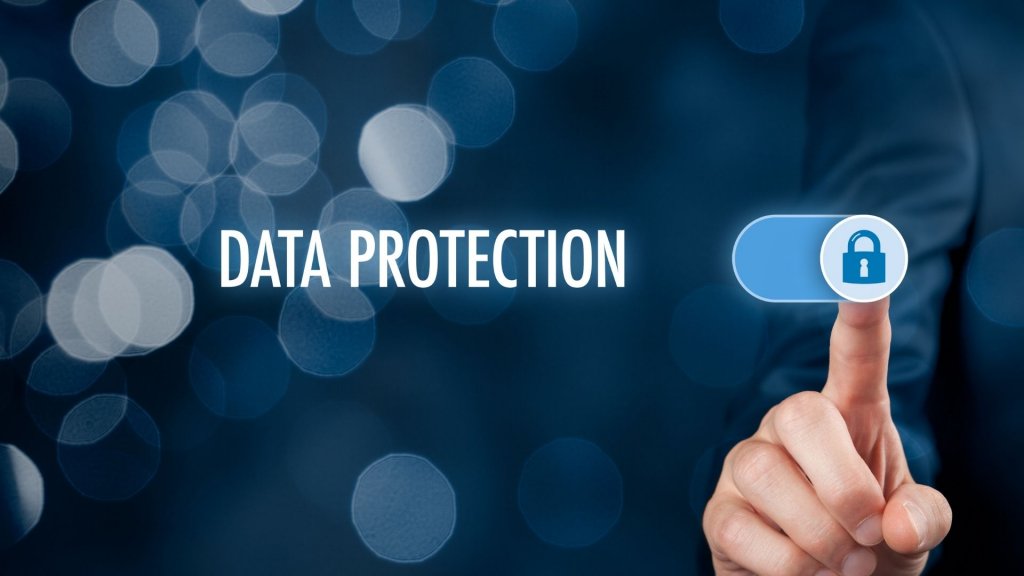With the increasing use of cloud computing services, protecting your data in the cloud has become more critical than ever. Cloud data protection refers to the measures taken to safeguard data that is stored, processed, or transmitted in cloud environments. In this article, we will discuss why cloud data protection matters and provide some tips on how to keep your data safe in the cloud.
Cloud Data Protection Definition

Cloud data protection refers to the set of policies, procedures, and technologies used to secure data stored in the cloud. With the increasing adoption of cloud computing, organizations are moving more of their data and applications to cloud environments. However, this also introduces new security challenges, such as data breaches, unauthorized access, and data loss. Cloud data protection aims to mitigate these risks by implementing measures such as encryption, access controls, backup and recovery, data classification, security monitoring, vendor management, and incident response. The goal of cloud data protection is to ensure the confidentiality, integrity, and availability of data stored in the cloud and protect it from unauthorized access, theft, and other security threats.
Why Cloud Data Protection Matters
The cloud offers many advantages over traditional on-premises IT infrastructure, such as scalability, flexibility, and cost-effectiveness. However, the very features that make the cloud so attractive also make it vulnerable to data breaches and other security threats.

Here are some of the reasons why cloud data protection is so important:
- Cyber Threats: Cybercriminals are increasingly targeting cloud environments to steal sensitive data or launch attacks against organizations. In 2020, 36% of all data breaches involved cloud assets, according to the Verizon 2021 Data Breach Investigations Report. Without proper protection, your data in the cloud could be at risk of unauthorized access, theft, or destruction.
- Compliance Requirements: Many organizations are subject to data protection regulations such as the GDPR, HIPAA, or PCI DSS. These regulations require organizations to implement appropriate security measures to protect personal data and prevent unauthorized access. Failure to comply with these regulations can result in hefty fines and reputational damage.
- Business Continuity: Cloud data protection is essential for ensuring business continuity in the event of a disaster or disruption. Without proper backups and disaster recovery plans, your organization could lose critical data and face downtime, leading to lost revenue and reputational damage.
How to Keep Your Data Safe in the Cloud

To protect your data in the cloud, you need to implement a comprehensive data protection strategy that includes the following elements:
- Encryption: Encryption is a fundamental component of cloud data protection. It involves converting plaintext data into ciphertext using an encryption algorithm, making it unreadable to unauthorized parties. Encryption should be used for data in transit and data at rest in the cloud.
- Access Controls: Access controls are used to ensure that only authorized users can access your cloud resources and data. This includes using strong passwords, multi-factor authentication, and role-based access controls. Access controls should be regularly reviewed and updated to ensure they remain effective.
- Backup and Recovery: Backup and recovery are essential for ensuring business continuity in the event of a disaster or disruption. You should regularly back up your data to a secure offsite location and test your recovery processes to ensure they work as expected.
- Data Classification: Data classification involves categorizing your data based on its sensitivity and implementing appropriate security controls based on its classification. For example, highly sensitive data may require stronger encryption and stricter access controls than less sensitive data.
- Security Monitoring: Security monitoring involves using tools and techniques to detect and respond to security incidents in real-time. This includes monitoring your cloud environment for suspicious activity, such as unauthorized access attempts or data exfiltration.
- Vendor Management: If you are using a cloud service provider, it is important to ensure they have appropriate security controls in place to protect your data. This includes reviewing their security certifications and conducting regular security assessments.
- Incident Response: Incident response is the process of responding to security incidents and mitigating their impact. You should have a documented incident response plan in place that outlines the steps to take in the event of a security incident, including how to contain the incident, investigate it, and remediate any damage.
Conclusion
Cloud data protection is essential for ensuring the security and privacy of your data in the cloud. To keep your data safe, you need to implement a comprehensive data protection strategy that includes encryption, access controls, backup and recovery, data classification, security monitoring, vendor management, and incident response.
However, implementing these measures can be complex and challenging, especially for organizations that lack the expertise and resources to manage their cloud environment’s security effectively. Therefore, it is essential to work with trusted cloud service providers that offer robust security features and have a proven track record of protecting customer data.
In addition, organizations should invest in security awareness training for their employees to help them understand the importance of data protection and how to identify and prevent common security threats, such as phishing attacks and malware infections.
Finally, organizations should regularly review and update their data protection strategy to ensure it remains effective in the face of evolving security threats and regulatory requirements. This includes conducting regular security assessments and audits, implementing new security technologies and processes, and staying up-to-date with the latest security best practices and trends.
In conclusion, cloud data protection is a critical aspect of modern IT security, and organizations must take proactive measures to safeguard their data in the cloud. By implementing a comprehensive data protection strategy and working with trusted cloud service providers, organizations can ensure the security, privacy, and availability of their data and protect themselves from the costly consequences of data breaches and other security incidents.
Read more: https://traveleryak.info/how-to-get-the-best-travel-insurance-plans/










